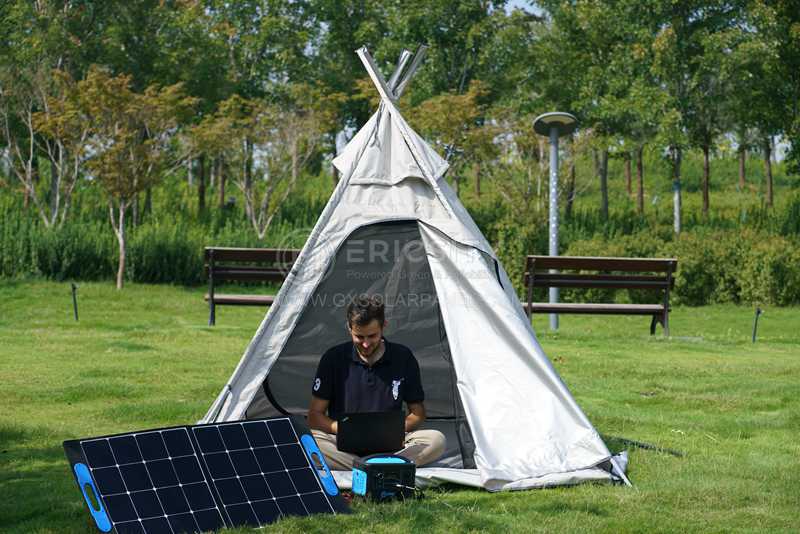HOT PRODUCT
Product Details
amorphous Solar Panels For Tiny Homes: A Comprehensive Guide
Title: Amorphous Solar Panels For Tiny Homes: A Comprehensive Guide
Introduction (50 words)
Amorphous solar panels have revolutionized the accessibility and efficiency of solar power for tiny homes. In this comprehensive guide, we will delve into the benefits, working principles, installation tips, and maintenance considerations of amorphous solar panels, ensuring you have all the information needed to harness the power of the sun for your tiny home.

1. Understanding Amorphous Solar Panels (100 words)
Amorphous solar panels, also known as thin-film solar panels, are made of non-crystalline silicon, allowing them to be more flexible, lightweight, and efficient in low-light conditions. Their unique structure enables them to capture a broader spectrum of sunlight, making them an excellent choice for areas with less direct sunlight. These panels are affordable, require less energy to produce, and can be seamlessly integrated into various surfaces, such as roofs, windows, or even backpacks.
2. Benefits of Amorphous Solar Panels for Tiny Homes (100 words)
Amorphous solar panels offer numerous advantages for tiny homes. Firstly, their lightweight nature makes installation easier, requiring minimal structural modifications. Additionally, their increased flexibility allows them to be installed on curved or irregular surfaces, maximizing solar energy generation potential. Amorphous panels are also more shade-tolerant than their crystalline counterparts, ensuring consistent power production even in partially shaded areas. Furthermore, these panels have a better temperature coefficient, meaning they maintain high efficiency even in hot weather conditions.
3. Working Principles of Amorphous Solar Panels (150 words)
Amorphous solar panels function by utilizing a thin layer of non-crystalline silicon to capture sunlight and transform it into electricity. When photons from the sun strike the panel’s surface, they dislodge electrons from silicon atoms, creating a flow of electrons referred to as a direct current (DC). An inverter then converts this DC power into alternating current (AC), which is suitable for powering household appliances.
4. Installation Tips for Amorphous Solar Panels (150 words)
Installing amorphous solar panels on your tiny home requires a few key considerations. Firstly, assess the available space and choose panel sizes accordingly. Consider integrating flexible panels into curved or irregular surfaces, maximizing their power generation capabilities. Additionally, ensure proper orientation and tilt angle for optimal sunlight exposure.
When installing, be mindful of the wiring connections and use appropriate waterproofing measures where necessary. Depending on the specific panel type, adhesive backing or mounting brackets might be required. Ensure proper and secure fastening, especially in mobile tiny homes.
5. Maintenance and Care (100 words)
Maintaining amorphous solar panels is relatively simple. Regularly inspect the panels for any damage, such as cracks or loose connections, and promptly address them. Clean the surface of the panels annually using a soft cloth and mild soap to remove any dirt or debris. Ensure there are no shaded areas or obstructions blocking sunlight from reaching the panels.

Conclusion (50 words)
Amorphous solar panels are an ideal choice for tiny homes, offering flexibility, efficiency, and a wider range of applications. By understanding their benefits, working principles, installation tips, and maintenance requirements, you can harness the power of the sun to provide sustainable energy for your tiny home, reducing your environmental footprint.




